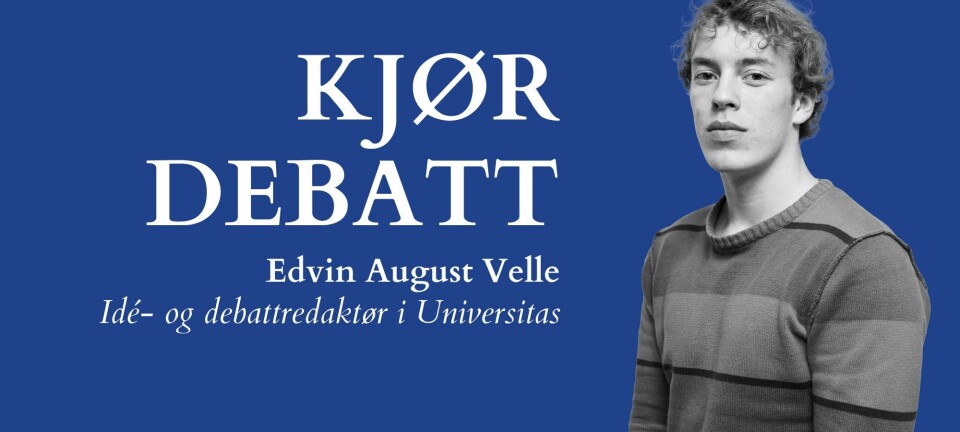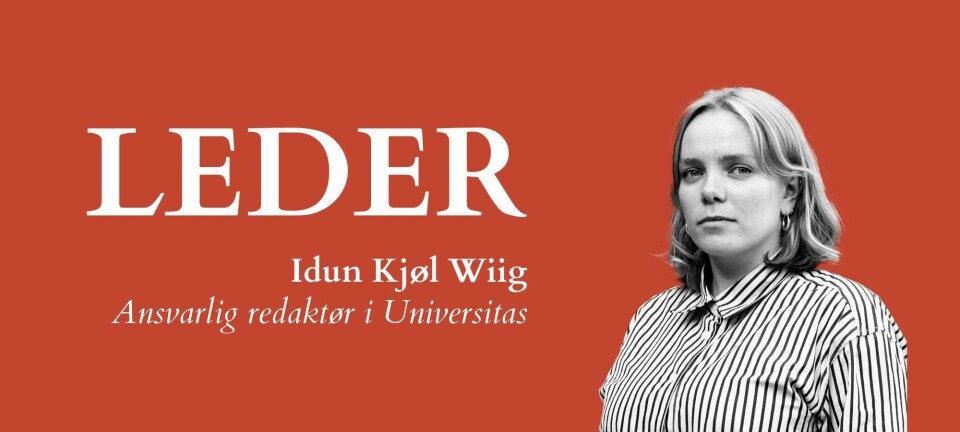

Students need more corpses
Too few autopsies are being carried out in Norway. The Norwegian Association of Higher Education Institutions fears for the quality of medicine studies.

The number of autopsies at Norwegian hospitals has decreased dramatically in recent years. Previously, Ullevål University Hospital had more or less the world’s largest share of autopsies. In the 80s, 1400 autopsies were carried out each year at Ullevål, but now the number is closer to 300.
In a letter to the regional health authorities, the Norwegian Association of Higher Education Institutions (UHR) state that the drastic drop leads to «the basis for teaching and research becoming insufficient», and that the quality of the health personnel of the future becoming poorer.
Programme coordinator at the Department of Pathology at the university, Jan Mæhlen, is worried about the development.
– There are many reasons why autopsies are important, he explains.
– Firstly, it is important in the teaching of students and the further education of doctors and surgeons. Also, autopsies are needed in order to explain causes of death and in order to get an overview over what people are dying of, Mæhlen says.
Autopsies increase cancer diagnoses
Mæhlen receives support from Magne Stendal, hospital chaplain at Ullevål hospital. He has written a doctoral dissertation on organ donation and autopsies. He is concerned that students will not learn about the importance of autopsies.
– Students enter a culture in which assumptions are seen as definite knowledge. One bases everything on diagnostic assumptions, Stendal says.
He believes that autopsies offer medical insight that cannot be gained in other ways.
– One does not have any concrete knowledge of why people die in this country; it is purely based on clinical diagnoses. And in my mind that is cause for concern. One does not care about gaining concrete knowledge about the cause of death, and therefore one does not know for sure in the way that would be natural in any financial context. But this is about health and life, and what, one might ask, is more important than that? Stendal says.
Mæhlen explains that it is difficult to determine cause of death in the very oldest patients, as they often may have several illnesses at the same time, as well as possibly suffering from dementia and having difficulty explaining how they feel.
– Studies done in the USA show that the number of cancer cases increase by approximately 40 percent if systematic autopsies are carried out on the oldest patients, Mæhlen says.
Stendal agrees:
– Only the dead body has the final answer.
Must have consent
In 2004, a change was made in the regulations regarding autopsies, which impressed the duty to inform next of kin. In the letter from UHR it says that current hospital routines demand that «next of kin must have given explicit permission to use material for the purpose of teaching», something that is difficult according to the association, as the bereaved are often in a state of grief and shock.
Mæhlen believes that there are many negative sides to this, and wonders whether the Ministry of Health and Care Services (HOD) took this into consideration when they introduced the restriction. The dean of the Faculty of Medicine, Finn Wisløff, supports him in this.
– That one now has to speak to the next of kin in order to get consent can be difficult, but I doubt that we can turn this decision around. That would have been the best thing, but I doubt that it is possible, considering the publicity we have today; it would be seen as a step backwards in a way, Wisløff says.
HOD emphasizes that the change in 2004 was a sharpening up of the rights of the bereaved, rather than a direct change.
– One still has the right to dissent, and it does not involve a demand for active consent, says Anne Sofie von Düring, senior advisor at HOD.
– A vicious circle
The problem meanwhile is the hospitals’ reading of the regulation, according to UHR. Tor Rynning Torp, senior advisor at the Norwegian Association of Higher Education Institutions, wrote a report last year about the consequences this regulation had for teaching and research. He is also worried about the lack of access that students have to dead bodies:
– It is clear that this is a problem, Torp says, and explains that it has consequences for both teaching and research, which may experience a decrease in quality.
Torp emphasizes the importance of being able to study real biological material rather than models. In the letter from UHR, it says that «material from autopsies give a completely different and more realistic understanding of future practice».
However, this problem is not unique to Norway.
– The decrease in autopsies is a worldwide trend, especially in places where similar restrictions have been introduced. This also easily turns into a vicious circle, with fewer autopsies leading to fewer autopsies, Torp states.
Now UHR hopes that hospitals improve their routines, and reexamine their interpretation of the regulation, so that the students of the future have better access to study material.
































